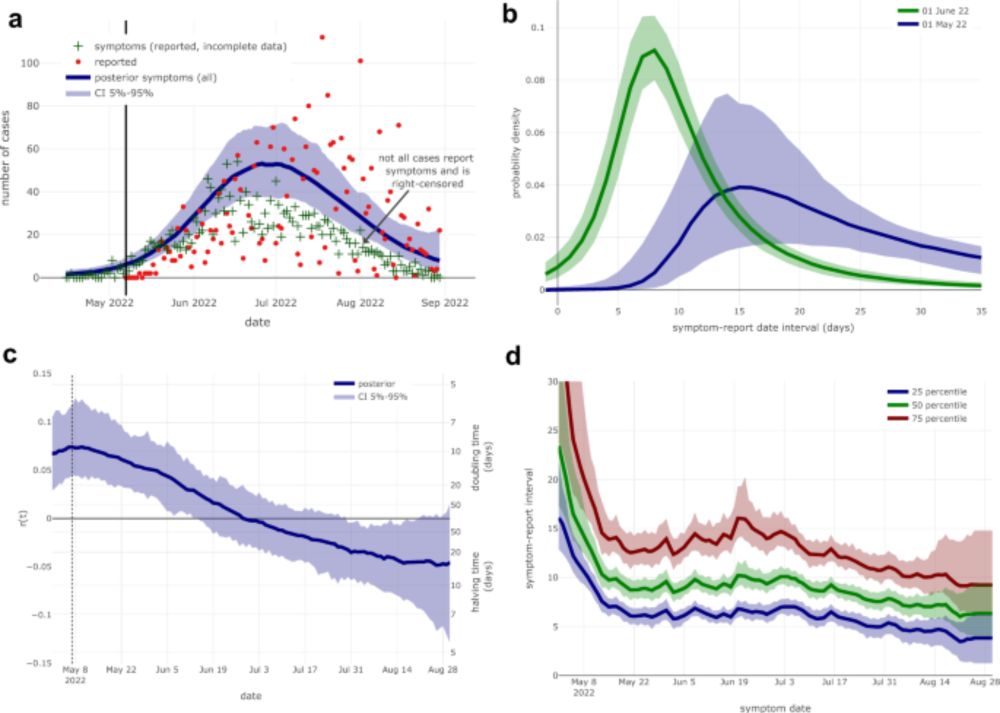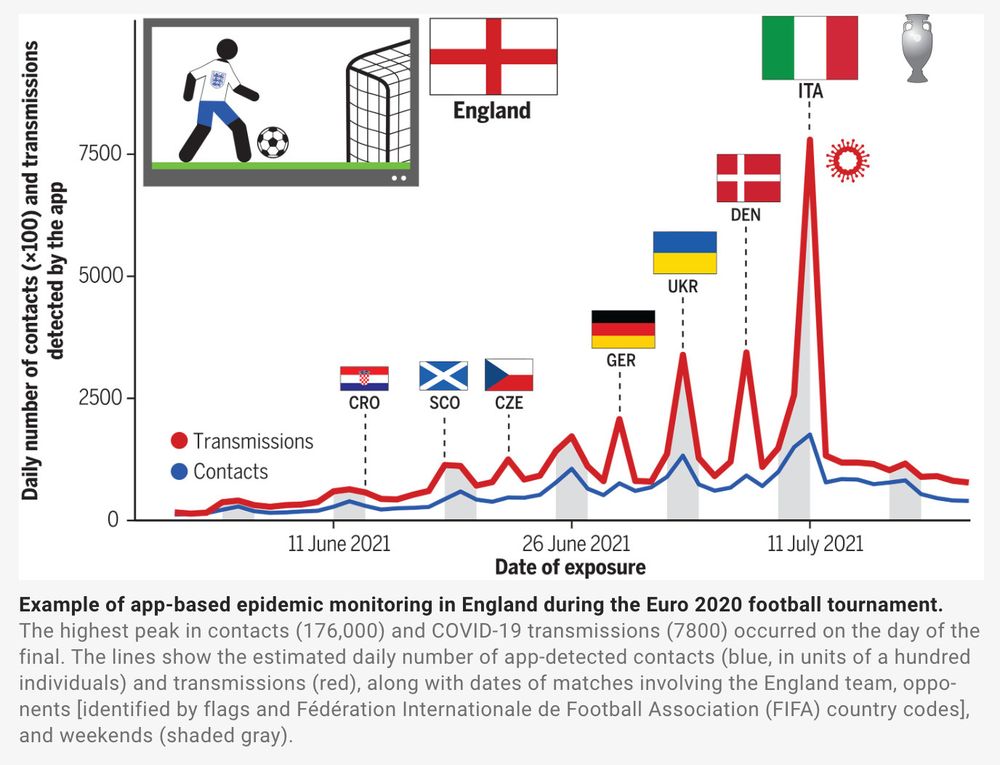3/3
3/3
2/3
2/3



www.nature.com/articles/s41...

www.nature.com/articles/s41...
bsky.app/profile/mish... )
bsky.app/profile/mish... )
045.medsci.ox.ac.uk/monitoring


045.medsci.ox.ac.uk/monitoring

